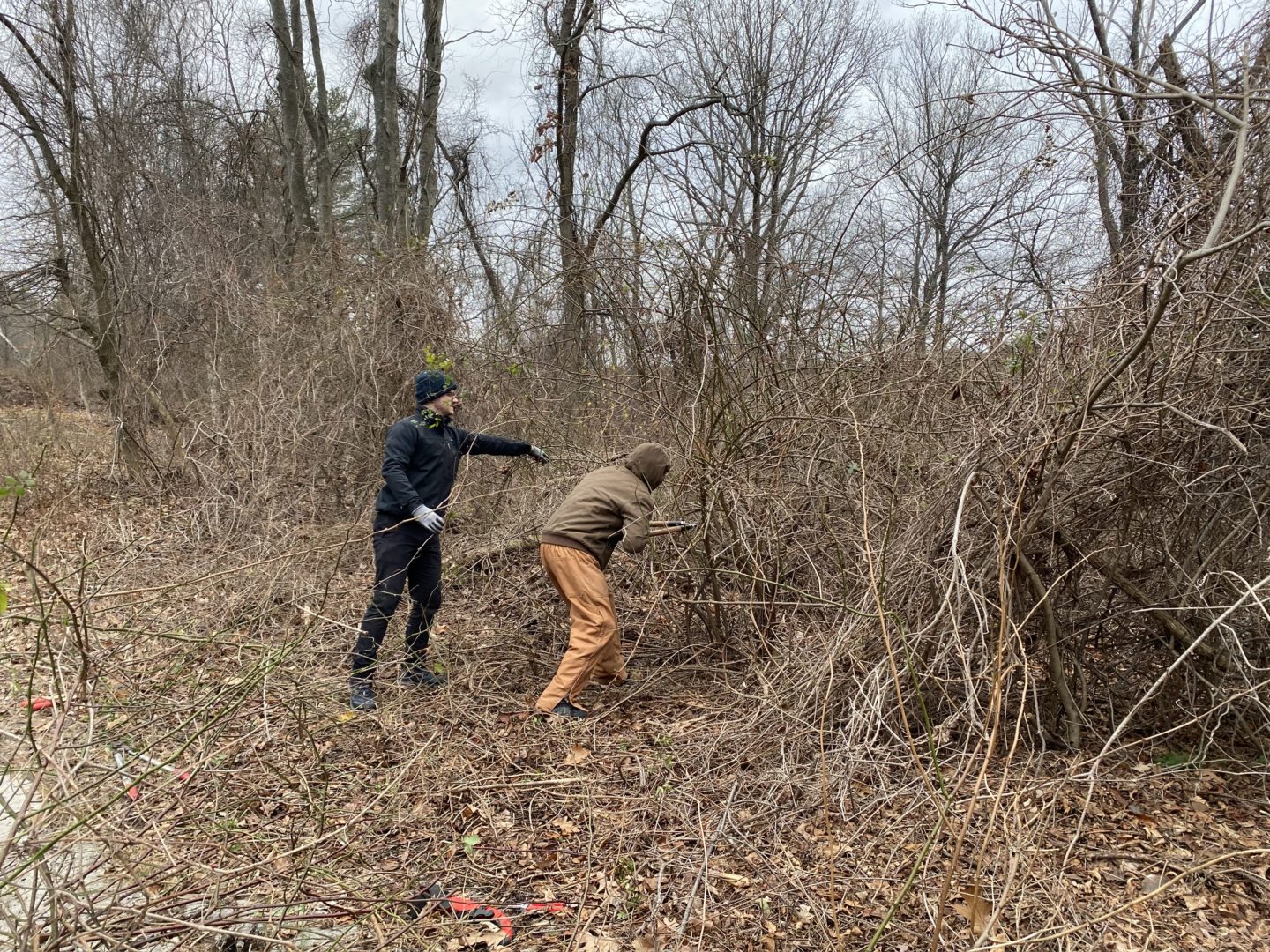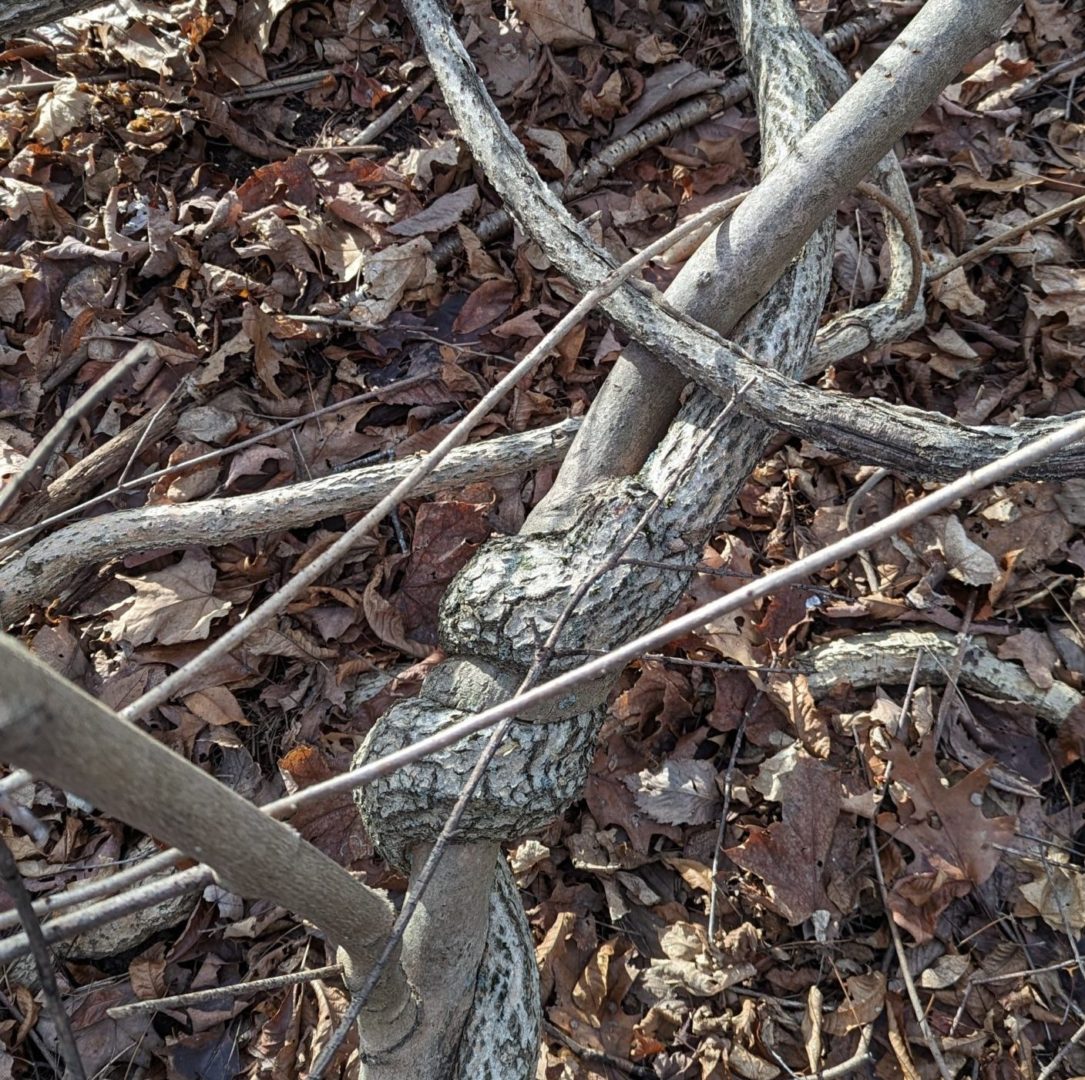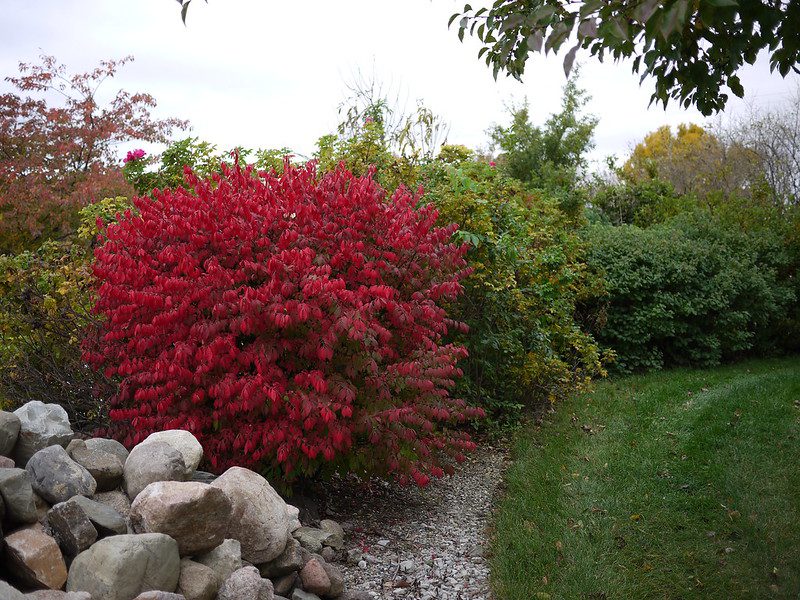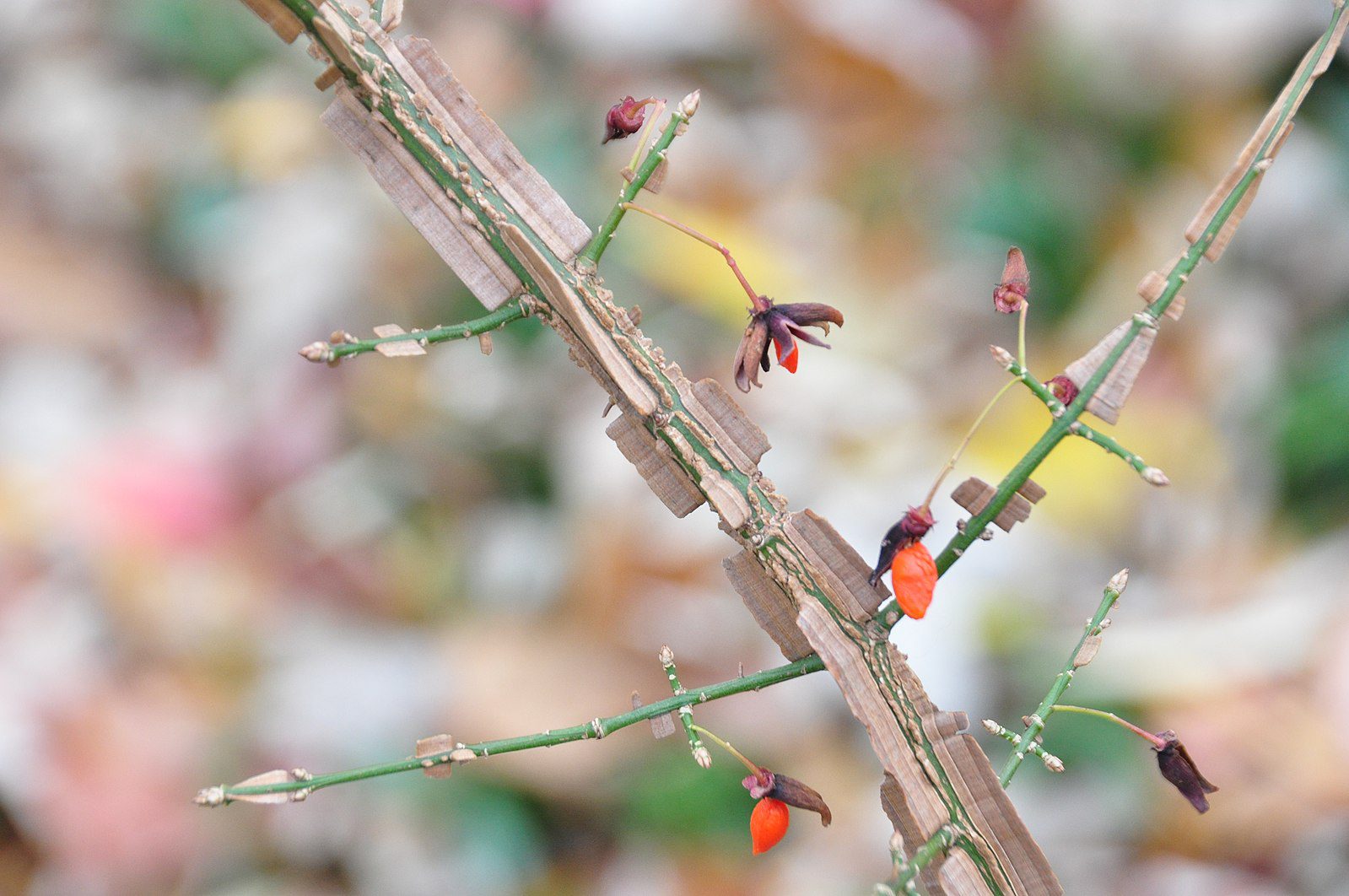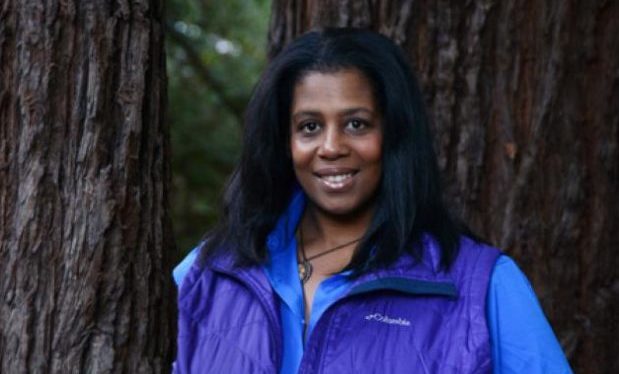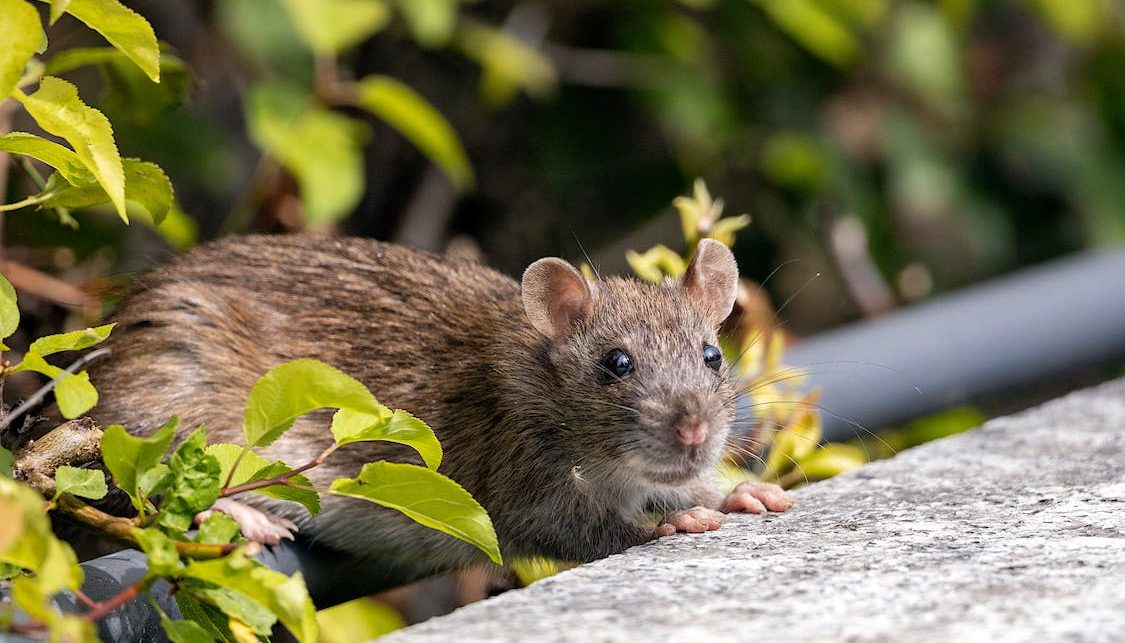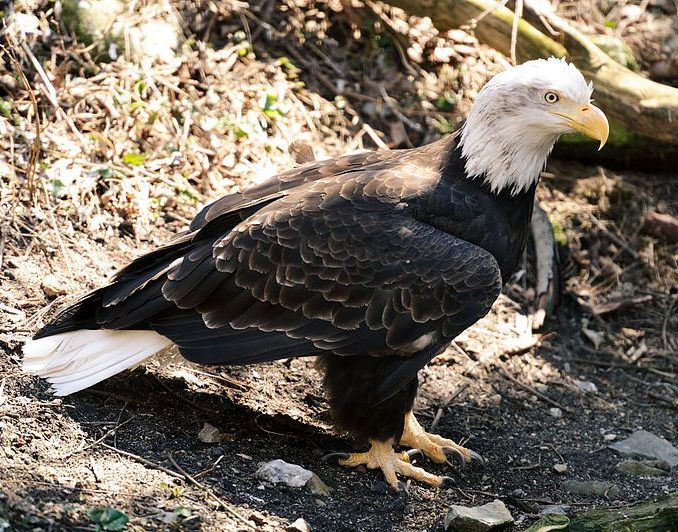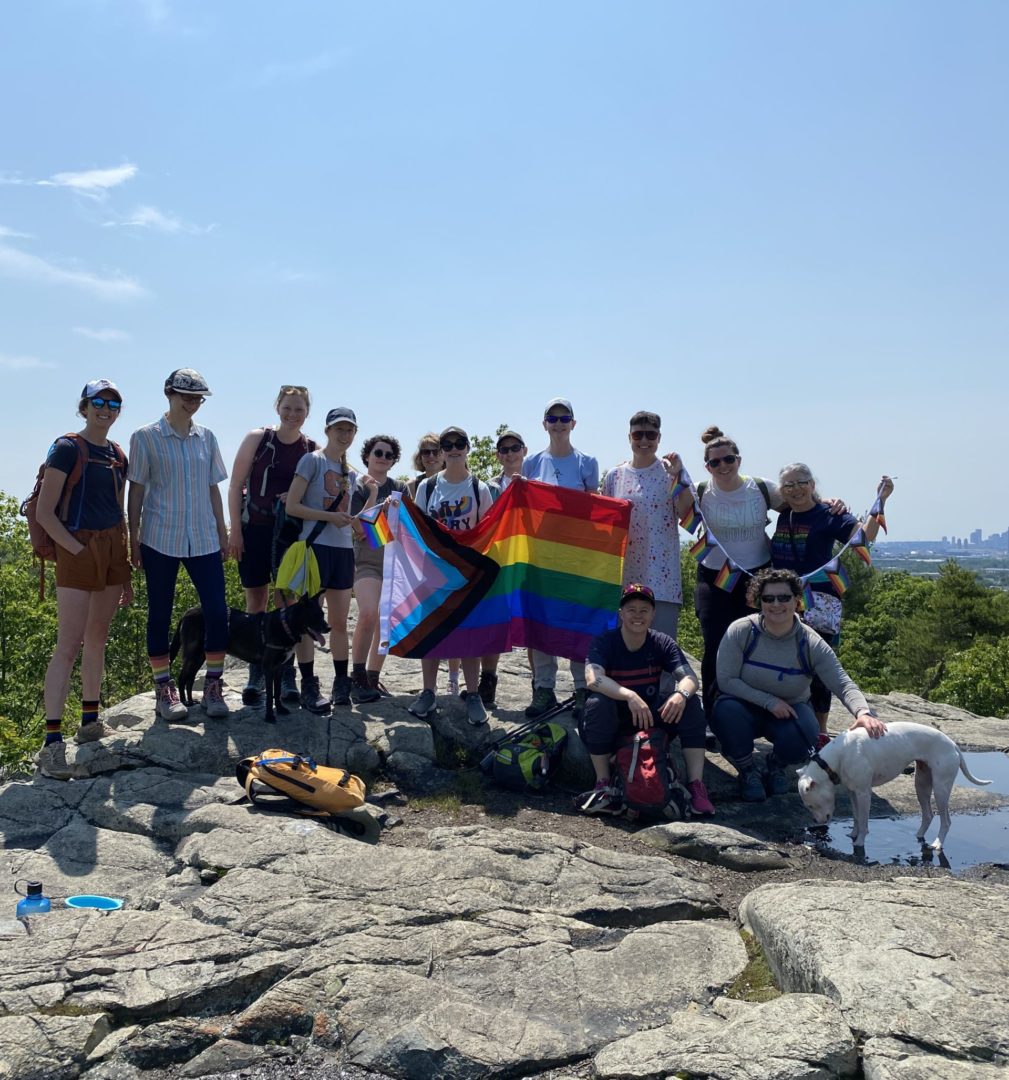National Invasive Species Awareness Week (NISAW) is February 26 to March 3, 2024.
To recognize NISAW, we will be releasing a blog post every day this week on a different invasive plant species commonly found throughout the Fells.
Invasive plants are non-native plants that were introduced to our area from another region of the world. The elements that kept the non-native plant populations in check in its home region (e.g. disease, competition, predators) are no longer present once they are introduced to this new region. This means that the plant can grow out of control, rapidly outcompete native plants, and threaten native biodiversity. This threat to our native habitats and biodiversity makes management of invasives all the more important.
Read on to learn more about today’s invasive plant: Multiflora rose.
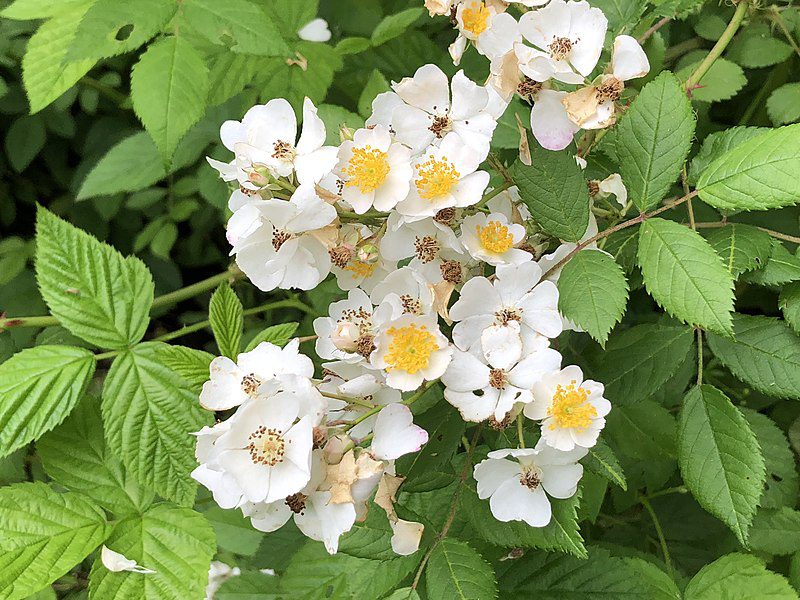
Multiflora rose (Rosa multiflora)
As the name suggests, multiflora rose is a thorny shrub belonging to the rose family. In the spring, it boasts beautiful fragrant flowers and red berries called “hips,” which develop in the late summer and are eaten and dispersed by birds.
Multiflora rose was introduced from Japan in 1866 due to its ability to act as rootstalk for ornamental roses. It would continue to be used for this function for over 100 years before its negative impacts on native landscapes were brought to light. The plant was also used for erosion control, a living fence to corral livestock, and as a crash barrier on highways. The United States Soil Conservation Service, the organization that would eventually become the Natural Resources Conservation Service, promoted these uses from 1930 to 1960.
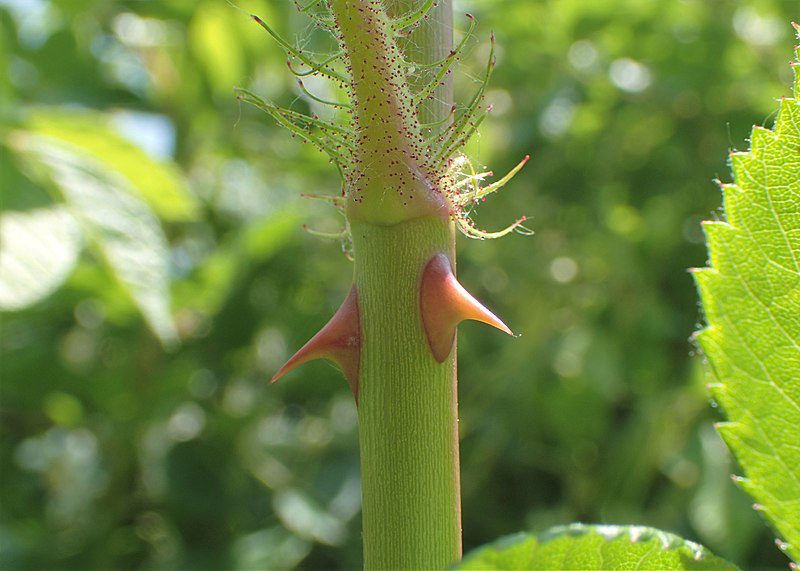
In addition to its seeds being spread by birds, multiflora rose can also spread through layering, a process that allows the plant to resprout from the tips of stems that take root in the ground. It’s very important to remove the entire plant in order to prevent from this resprouting from occurring.
Multiflora rose can survive in a variety of habitats and conditions such as roadsides, open woodlands, powerline corridors, and full sun or shade. This gives the multiflora rose the opportunity to form dense thickets which prevent native plants from growing (and anyone from coming near!).
Check in tomorrow to learn about another invasive shrub: Glossy buckthorn.
Want to help us combat invasive plants like multiflora rose? Join us for a volunteer day by signing up on our calendar here!
